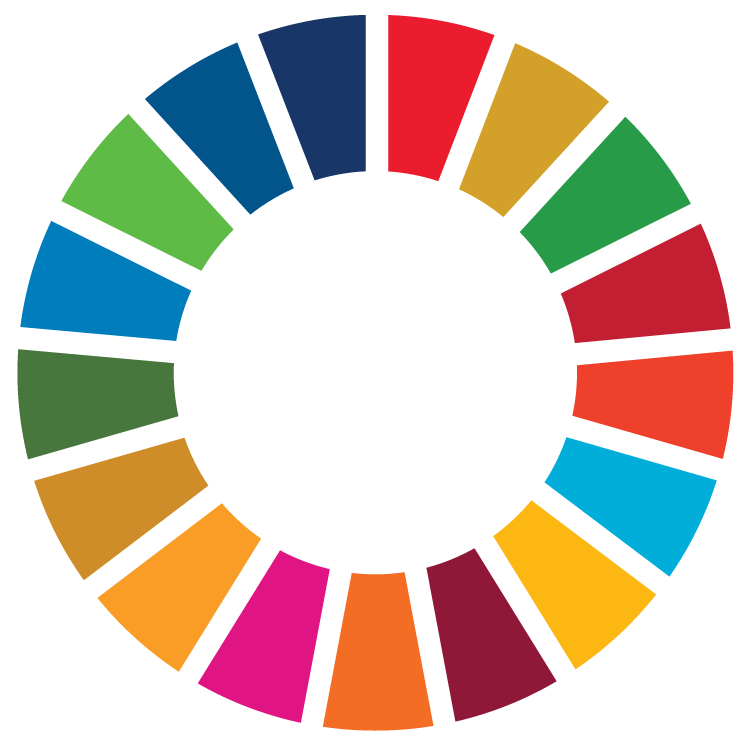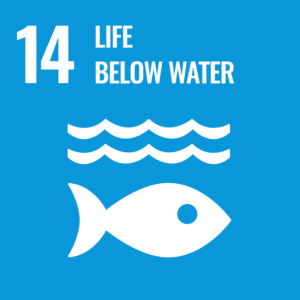Reporter: Dr. Chanyut Sudtongkong
Evidence Date: October 30, 2024
Related SDGs: SDG 14
Related Indicator: 14.5.2
Research and Innovation
RUTS Microplastic Laboratory for Monitoring Pollution in Aquatic Ecosystem
October 31, 2025

Since the early 20th century, plastics have increasingly replaced natural materials, with global production reaching 359 million tons in 2018. Thailand ranks sixth worldwide in the discharge of plastic waste into natural water bodies, contributing significantly to microplastic pollution through production and waste mismanagement. Although around 14% of plastic packaging is recyclable, a substantial portion of plastic waste is improperly discarded, contaminating rivers and marine environments. This leads to the accumulation of microplastics in aquatic organisms, which can cause internal injuries, digestive blockages, and bioaccumulation through the food chain.

To address this issue, RUTS established a Microplastic Monitoring Laboratory in 2021, equipped with a BRUKER LUMOS II FTIR Microscope for analyzing microplastic contamination in coastal ecosystems. The laboratory focuses on species such as shrimp, shellfish, crabs, fish, aquatic plants, and fishery products in Trang Province, supporting RUTS’s broader mission to assess aquatic ecosystem health.


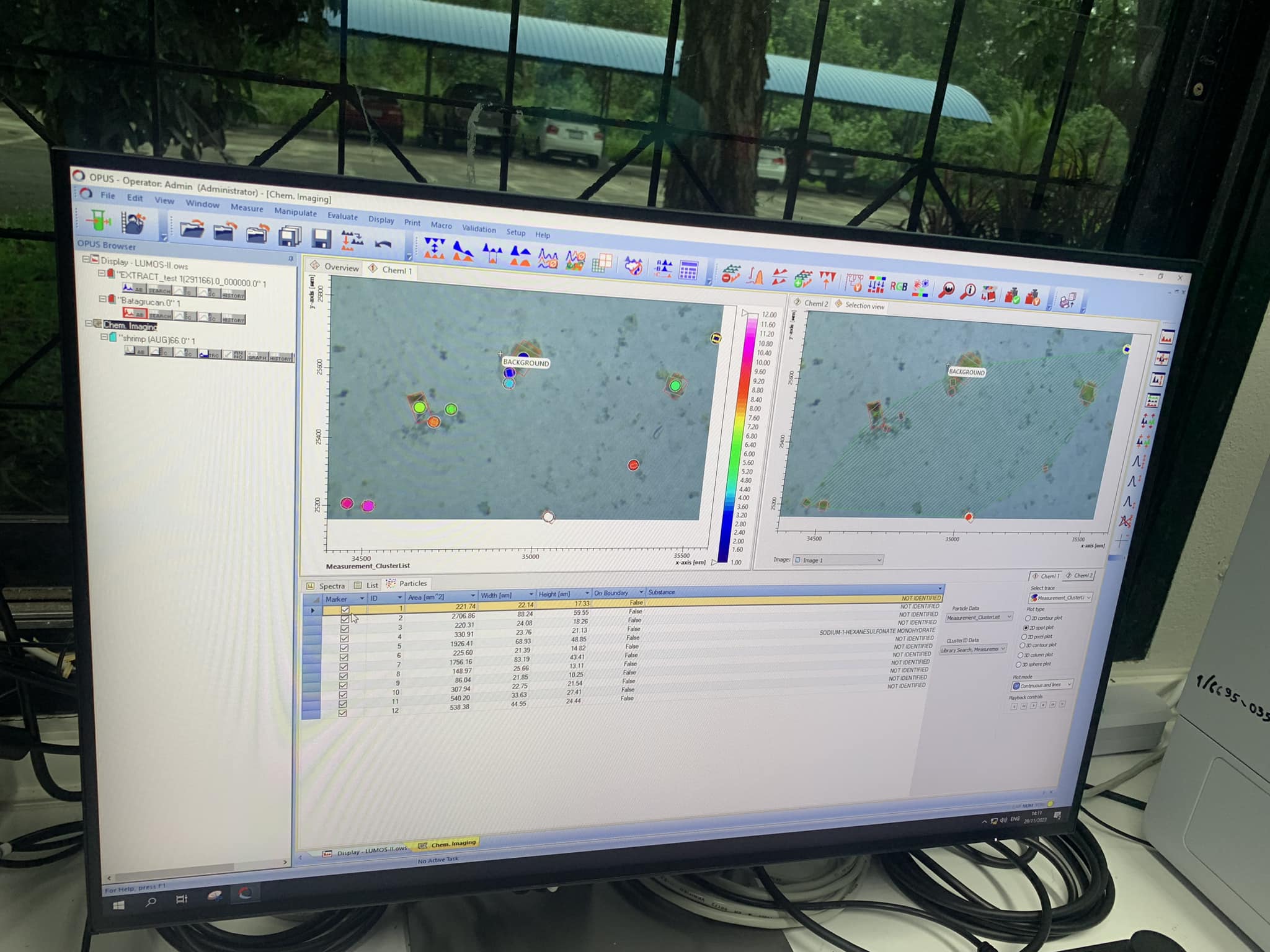

In addition, scientists from the center demonstrated techniques for analyzing microplastics in white leg shrimp using a marine microplastic analysis kit. The session was conducted for veterinary students, who were completing their internship at the center. The activity provided hands-on training and practical experience beyond the classroom.
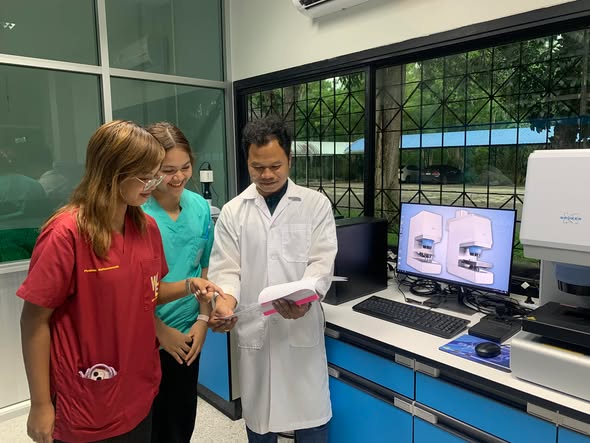
In collaboration with leading Thai universities, including Prince of Songkla University (PSU), RUTS researcher investigates microfiber contamination in giant freshwater prawn tissues from the Trang River in southern Thailand, with results published in peer-reviewed journals.
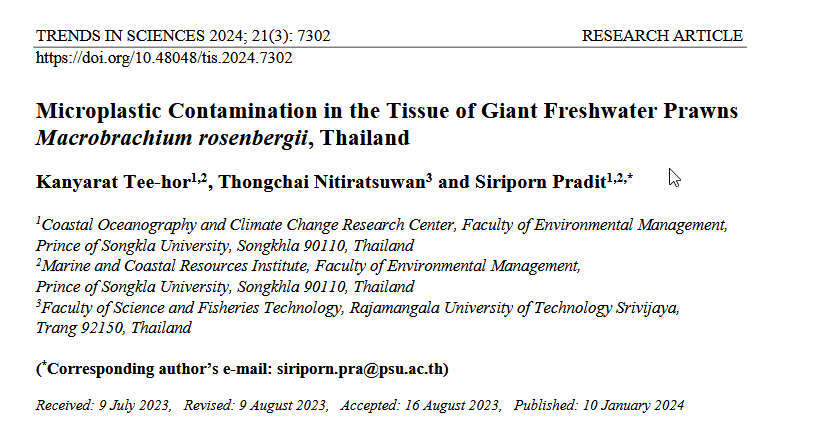

Related Links:
https://www.bangkokpost.com/thailand/special-reports/1704304/curbing-the-waste-crisis
https://www.facebook.com/photo/?fbid=2657651251086003&set=a.122770147907472
